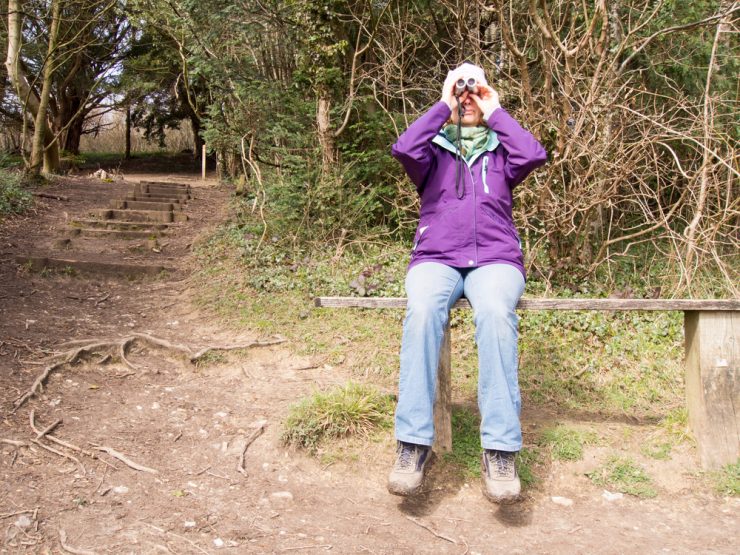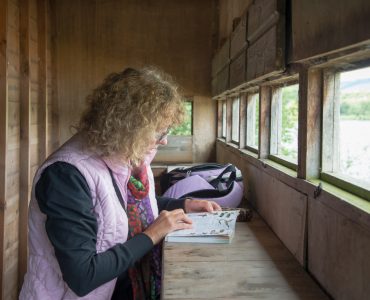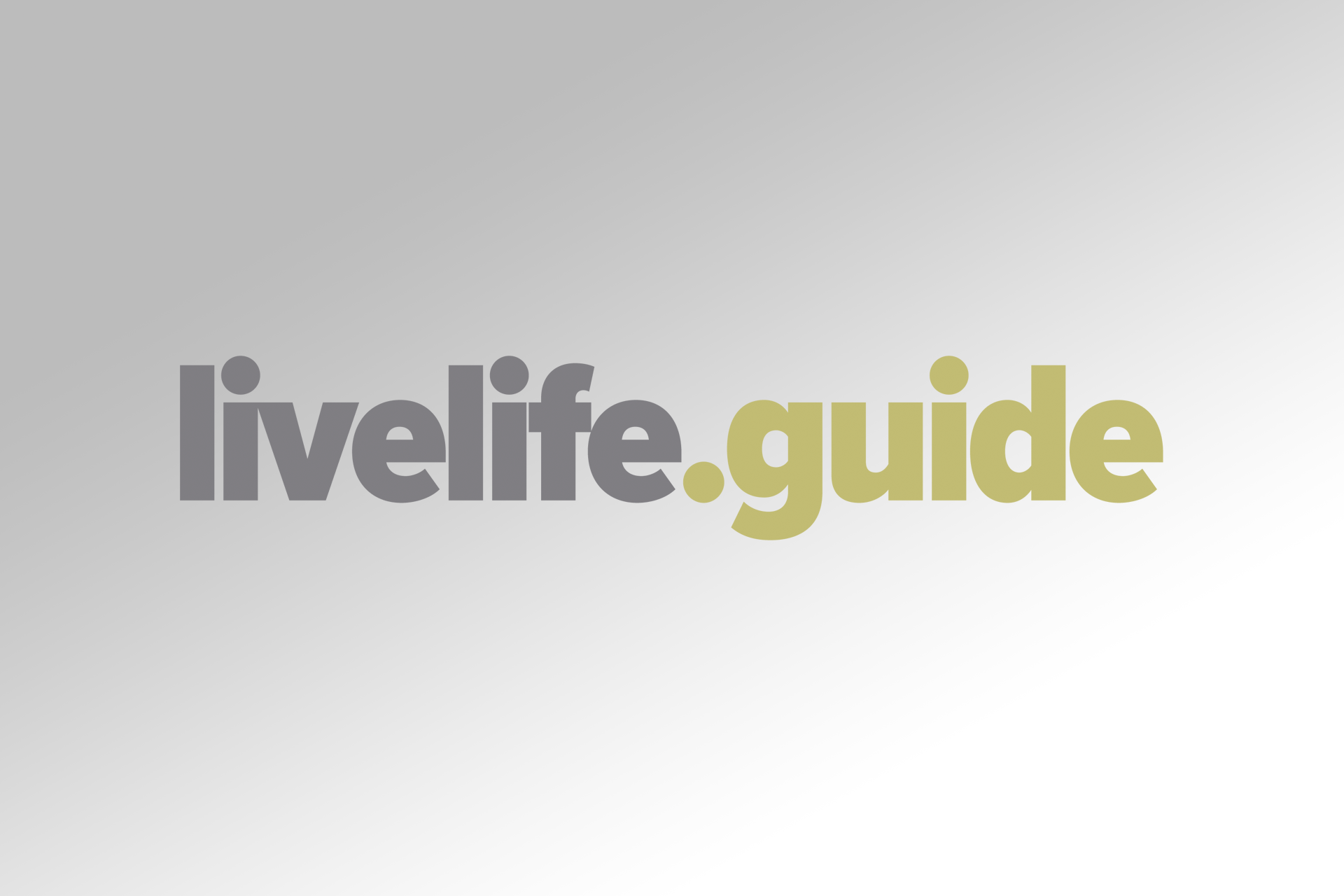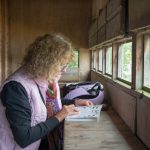The cuckoo is one of the most common birds found in Britain, known by the scientific name of Cuculus Canorus. The birds have a bluish grey colouring on the head, as well as the upper portion of the body and the breast area. The underbelly has a horizontal bar shaped design, with the tail bearing many whitish spots and tips. The female bird however, is a rare kind, exhibiting a hepatic morph characteristic, and is coloured a reddish brown in place of the usual grey. The legs as well as eyes of the cuckoo are yellowish in colour and the bill, which is curved, is horn shaded.
When in flight, this bird may be mistaken with the kestrel or even the carnivore sparrow hawk, due to its wings being swept towards the back and the tail having an unusually long length. A perched sparrow looks much more pleasant, with its wings dropping below the tail level, looking almost as though it is posing. Such stances in open area or on tree branches are very often seen in reed beds, woodland edges, and especially grasslands. The juvenile young of the cuckoo is very much like its rufous mother, with an exceptional whitish patch on the nape of its head.
The cuckoo grows very quickly, and is found to have lengths of about 32 to 36 cm and weights of around 105 grams to sometimes 130 grams as well. The birds beautiful wings span an area of 54 to 60 cm in length. They are not a round the year bird, resent only during the summer season. They have been maintained under the amber status in Britain.
The voice of the cuckoo is different with male and female birds. The female generally produces chuckling sounds, like a rich bubbling. It is the males which produce the famous cuckoo sound that we so often hear around. When a cuckoo starts to sing, you would not be able to make out where the bird actually is, and can garner its position only once the singing stops, as that is when the bird will leave its perch and fly off. As mentioned before, the cuckoo is a summer special, migrating to the central and southern parts of Africa during the months between July and August. They return to Britain in the month of April, and remain till the next migration period.
Cuckoo’s feed on many small animals, like the caterpillar, insects like beetles, ants etc, are the main diet of this bird. They have a highly capable digestive system, which can cater to poisonous caterpillar and hairy insects. When it comes to nesting, the cuckoo is a parasitic brooder. The female lays her eggs in the nests built by other birds and leaves them there till they incubate and rear to a young stage. Sometimes, the female may eat the eggs already present in the nest and then go ahead and lay her eggs in. the young cuckoo, when hatched, is also an instinctive parasite, pushing out the other eggs and birds from the nest.









